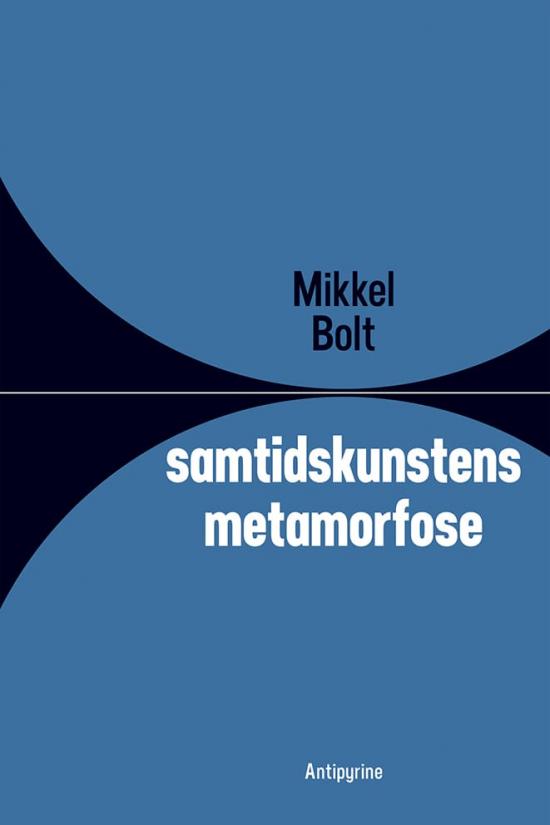Is it a paradox that the contemporary art scene in Copenhagen is capable of accommodating anything from 1500-square-metre private venues such as the Faurschou Foundation, which showcases leading international artists, to small anti-capitalist, artist-controlled exhibition venues that exist only as temporary settings before they disappear again? That question is addressed in Mikkel Bolt’s new essay collection, which examines contrasting trends in contemporary art, thus continuing the writer’s engagement with the relationship between capital, economics and aesthetics as a form of political resistance.
Over seven chapters, Bolt addresses this question from a diversity of angles: the analysis ranges from audience participation and institutionalization to art critique and PR architecture, discussing specific cases in contemporary art as well as more general political issues that reach far beyond the sphere of art. The intention is to analyse the complex economics of art and to envision new strategies for art to improve our future and serve as a source of hope in what the author views as a time of crisis.
‘The story about contemporary art must address the extreme commercialization and instrumentalization of art that have taken place in recent decades. However, it also needs to address how contemporary art institutions have served as settings for presenting and discussing political conflicts, which in many cases have not been addressed elsewhere, as former left public spheres have been dismantled, and politics has been reduced to administration,’ writes Bolt, although he ends the book on a more hopeful note:
‘Imagining the future is a highly risky endeavour, but the solution is not not to imagine anything at all […] and somehow, we need to start over, with the notion that we have already won …’




